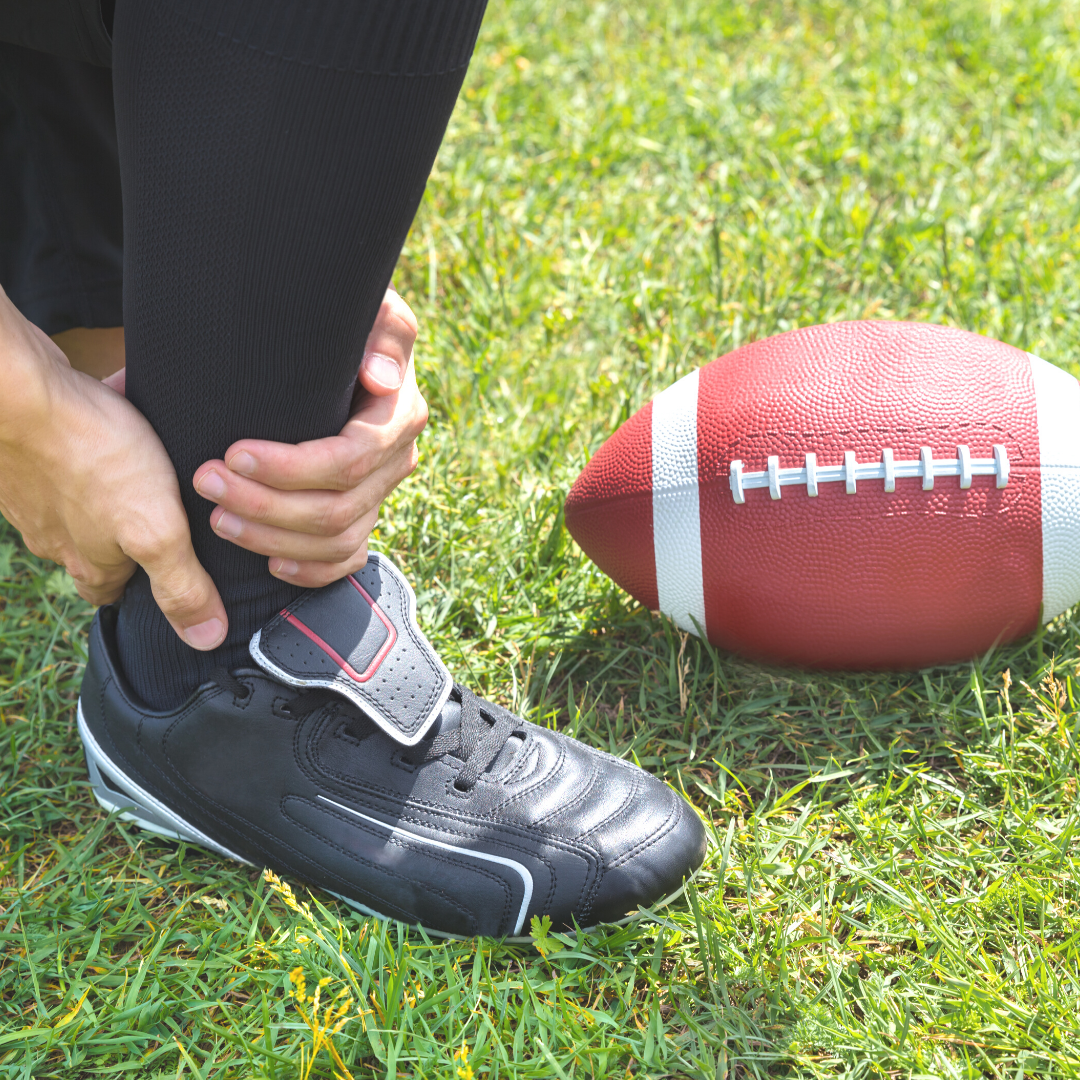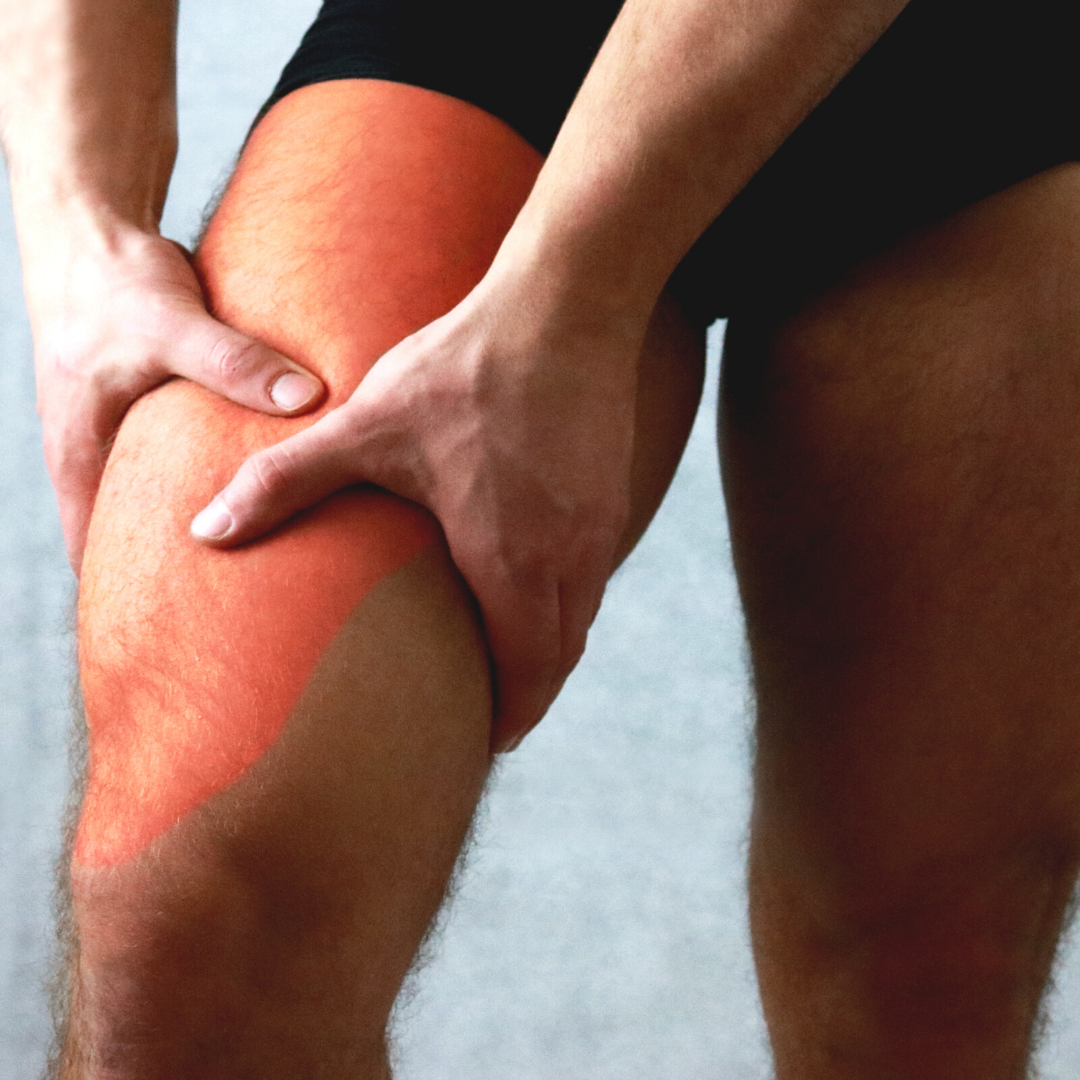Arthritis affects the shoulder less frequently than the hip or knee, but it still results in more than 10,000 shoulder replacements being done per year in the United States. The most common type of arthritis in the shoulder, Osteoarthritis, is a degenerative condition that destroys the cartilage on the humerus (ball) and glenoid (socket). It usually affects people over the age of 60 and can cause severe pain and limitation of motion.
The pain is usually worsened with activity and progresses. Sometimes, affected patients will complain of a grinding sensation in the shoulder. The combination of pain and limited motion makes activities of daily living, such as combing one’s hair or fastening a bra strap, painful. Physicians confirm the diagnosis of arthritis based on the above symptoms, a physical exam, and X-rays. The X-rays show narrowing of the joint space commensurate with the amount of cartilage loss from the bones.
Treatment begins with conservative measures including anti-inflammatory medications (NSAIDs), rest, ice, and physical therapy. Injections of cortisone can be therapeutic. If conservative options aren’t efficacious, surgery can be beneficial. The definitive treatment for advanced arthritis of the shoulder joint is a total shoulder replacement.
The surgery involves replacing the worn-down humeral head with a metal ball and the glenoid with a polyethylene socket. By three months after surgery, patients usually have significantly less pain and their motion is about half normal. At the 6-month mark, patients are typically pain-free and their motion is about 2/3 of normal. It takes a year before most patients get to the point that they feel like they didn’t have surgery.
As we mentioned above, shoulder replacement is something typically reserved for patients over the age of 60. In the past, if patients had improved motion and relief of their pain, they were extremely satisfied. Now, as people are remaining active in terms of sports participation later in life, patients are demanding more from their total joint replacements. One of the most common questions I get asked in the office is, “Will I be able to play tennis or golf again after this surgery?” David Dines, a shoulder specialist at The Hospital for Special Surgery (HSS) and the designer of the Biomet Shoulder Replacement system, states that “as our surgical technique and implant design have improved, patients are remaining very active with their artificial joints.” He adds that “getting back to sports such as tennis or golf are very realistic goals after this surgery.”
These comments were corroborated by a recent study from HSS where the authors found that more than 70% of patients who underwent shoulder replacement had improved ability to play their sports and about 50% of patients reported participating in their respective sports more frequently after surgery. The study did show that it was easier to return to sports such as tennis, swimming or golf compared to softball.
Shoulder arthritis can be debilitating, but there are treatments that can get patients back to their previous level of activity.



